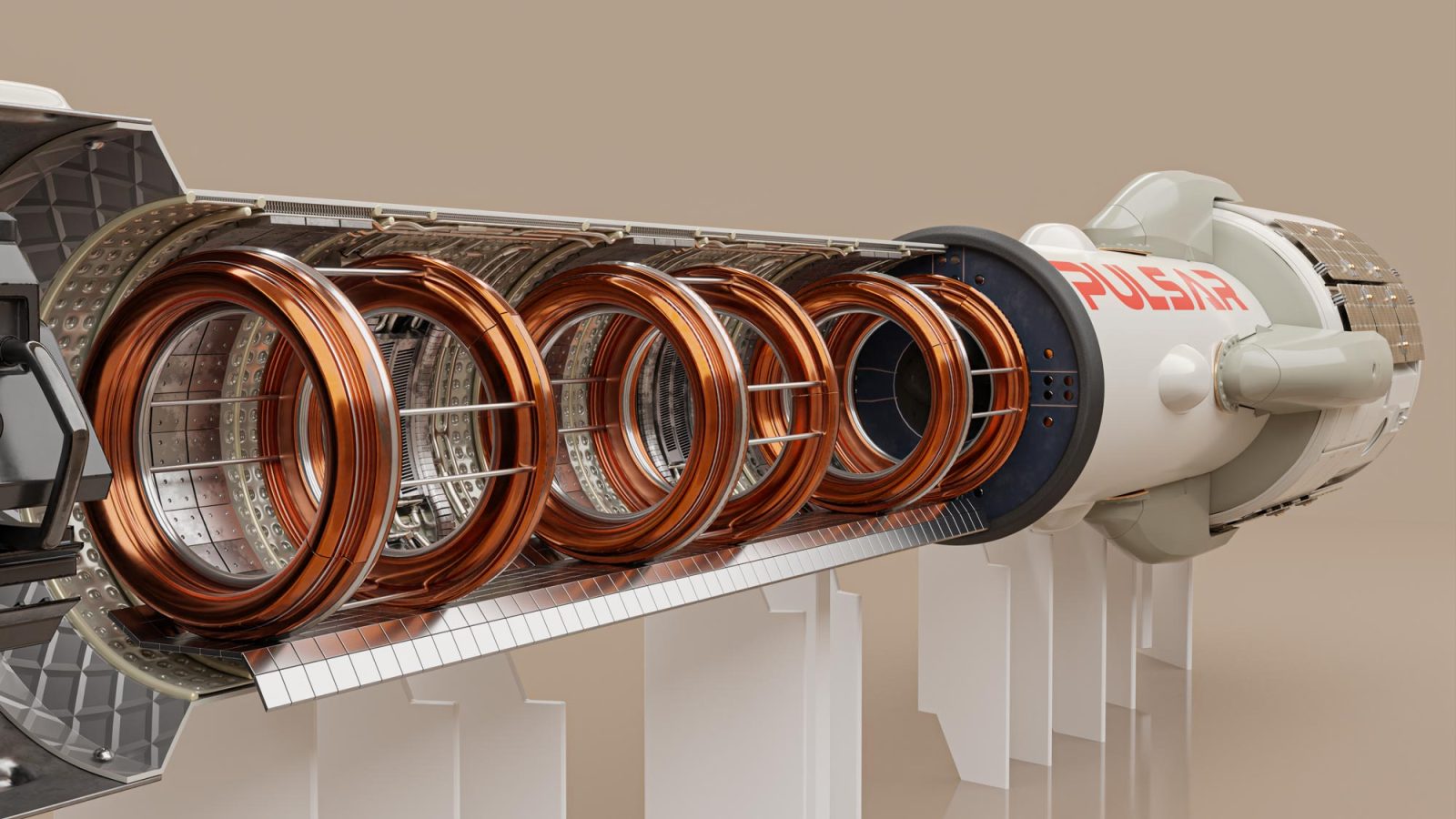
Pulsar Fusion, a UK aerospace company, is making significant strides in the development of a groundbreaking nuclear fusion rocket engine, according to those close to the project.
Set to become the largest practical fusion engine ever built, the 26-foot (8-meter) fusion chamber is currently being assembled in Bletchley, England, with plans for its first firing in 2027.
This headlining project aims to create exhaust speeds exceeding 500,000 miles (800,000 kilometers) per hour, making it the hottest place in the solar system during operation, according to the company.
The researchers at Pulsar Fusion have set their sights on reaching temperatures of several hundred million degrees within the fusion chamber, surpassing the heat of the Sun itself. Dr. James Lambert, the chief financial officer of Pulsar Fusion, highlights the primary challenge of containing the super-hot plasma within an electromagnetic field.
Lambert likens the behavior of the plasma to a weather system, making it extremely difficult to predict using conventional techniques. Controlling the turbulent plasma as it reaches temperatures in the hundreds of millions of degrees has proven elusive, causing the fusion reaction to cease.
This unpredictability is attributed to the complex science of magnetohydrodynamics and gyrokinetics, as the state of the plasma is constantly changing.
Join our Discord Server: Join the community with forums and chatrooms about space! Also, directly support us via a Server Subscription!
While scientists and researchers have reported achievements in fusion temperatures at facilities like the Lawrence Livermore Laboratory in 2022, Pulsar Fusion aims to make more frequent and consistent advancements by leveraging the latest technology and research.
To enhance its understanding of super-hot plasma behavior under electromagnetic confinement, Pulsar Fusion has partnered with Princeton Satellite Systems. The duo is expected to utilize data from the record-holding PFRC-2 reactor, located at the Princeton Plasma Physics Laboratory in New Jersey, and feed it into supercomputer simulations.
The goal of these simulations should enable researchers to better predict plasma behavior and guide iterative design improvements for the rocket engine prototype, according to those involved.
Richard Dinan, the CEO of Pulsar Fusion, said the potential impact of its fusion rocket technology. The company’s current satellite engines already achieve exhaust speeds of up to 25 miles (40 kilometers) per second, but engineers aim to surpass this by more than tenfold with fusion propulsion. If the Pulsar rocket test successfully achieves fusion temperatures during the planned demonstration for aerospace partners in 2027, it could significantly reduce mission times to Mars and enable flight times to Saturn to be reduced from eight years to two. Ultimately, this technology could empower humanity to explore and venture beyond our solar system.
Throughout the development process, Pulsar Fusion intends to remain committed to keeping its existing partners informed at each step. The company plans to commence early firings in 2025 to validate progress.
Additionally, the company envisions conducting a test firing in orbit, further advancing the fusion capabilities required for interstellar space travel.
Pulsar Fusion recognizes and plans to capitalize on the potential of artificial intelligence in facilitating the achievement of engines capable of propelling interstellar journeys, bringing humanity one step closer to becoming an interstellar civilization.
FTC: We use income earning auto affiliate links. More.


Comments